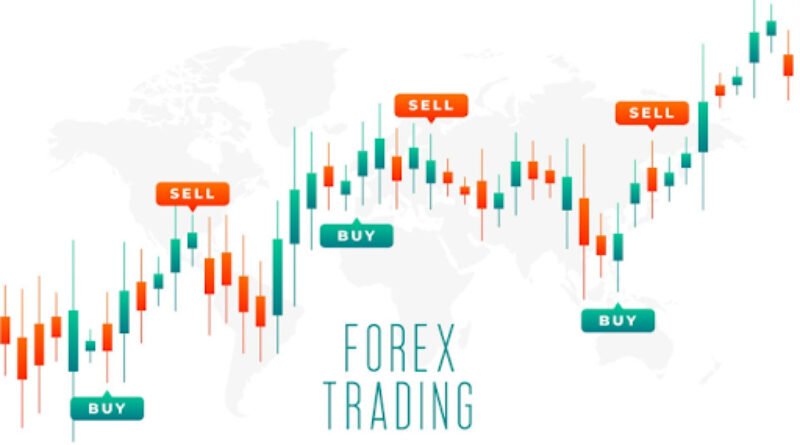Forex Trading Terms Explained: From Pips to Leverage
The world of forex trading can feel overwhelming when you’re just starting out. With so many terms, abbreviations, and market concepts being thrown around, it can feel like learning an entirely new language. But once you break down these terms into digestible bits, they’re not as intimidating as they seem. In fact, understanding them is the foundation of becoming a confident trader. Whether you’re a complete beginner in the market or already analyzing charts daily, knowing these essentials will help you trade smarter and minimize confusion.
What Is Forex Trading?
Before getting into the jargon, let’s clear the basics. Forex trading is the act of buying one currency while simultaneously selling another. Currencies are traded in pairs, like EUR/USD, and traders speculate on whether the value of one currency will rise or fall compared to the other.
It’s the largest and most liquid financial market in the world, and with the rise of prop firms like Maven Trading, quickly becoming even more accessible to solo and new traders. That’s why understanding trading terms is all the more essential.
Currency Pairs
Every forex trade involves two currencies, forming a pair. The first currency in the pair is the base currency, and the second is the quote currency. For example, in EUR/USD, the euro (EUR) is the base, and the dollar (USD) is the quote.
Pip (Percentage in Points)
A pip is the smallest unit of price movement in forex trading, usually the fourth decimal place. For example, if EUR/USD moves from 1.1000 to 1.1005, that’s a 5-pip movement. Pips are used to measure gains or losses. So, when traders talk about “earning 20 pips,” they mean the market moved in their favor by that amount.
Spread
The spread is the difference between the buy (ask) and sell (bid) price of a currency pair. It’s how brokers make money; they charge traders indirectly through spreads. For example, if a pair is quoted as 1.1000/1.1002, the spread is 2 pips. The lower the spread, the cheaper it is to enter and exit trades.
Lot Size
In forex, trades are measured in lots, which represent a standardized number of currency units. Standard lots are 100,000 units, mini lots are 10,000 units, and micro lots refer to 1,000 units. Your choice of lot size affects the risk, profit, and margin requirements for each trade.
Margin
Margin is the amount of money a trader needs to deposit to open a position. Think of it as collateral you put up with your broker. For example, if you want to trade $100,000 and your broker requires a 1% margin, you only need to put up $1,000. Margin allows traders to control large positions with relatively small amounts of capital, but it also carries risks if not managed wisely.
Leverage
Leverage is the ability to control larger trades with less actual money in your account. It’s often expressed as a ratio, like 50:1 or 100:1. With 100:1 leverage, you can control $100,000 with just $1,000. It may sound amazing, but leverage also magnifies loss with profits. It’s why leverage is often called a double-edged sword in forex.
Conclusion
Mastering the language of forex trading isn’t just about memorizing terms. It’s about equipping yourself with the tools to make smarter, more strategic decisions in the market. From understanding currency pairs and pip movements to grasping the implications of margin and leverage, each concept plays a vital role in shaping your trading journey.
Whether you’re trading micro lots or exploring opportunities with prop firms, clarity on these fundamentals helps you navigate the market with greater precision and less guesswork. As you continue learning, remember: confidence in forex doesn’t come from complexity. It comes from clarity. Start simple, stay consistent, and let your knowledge compound like your gains.
Also visit Digital Global Times for more quality informative content.

